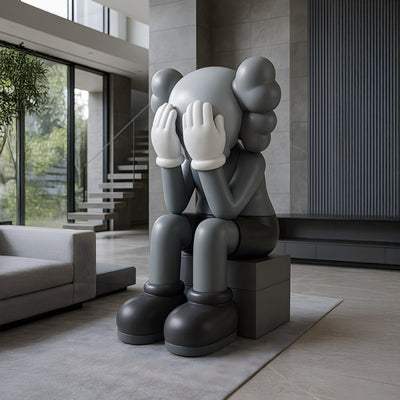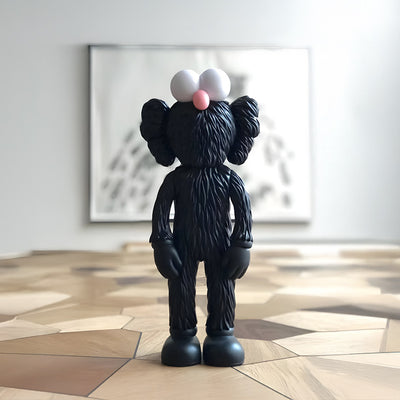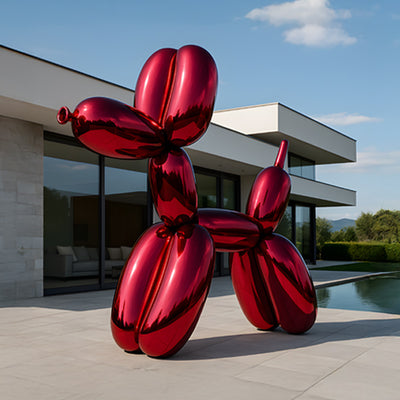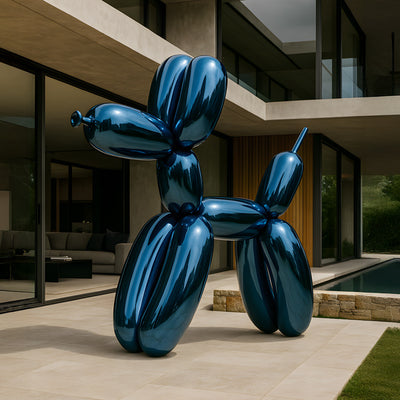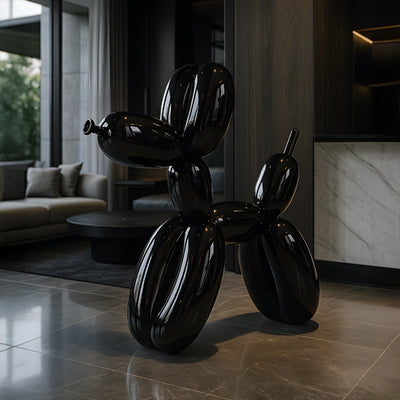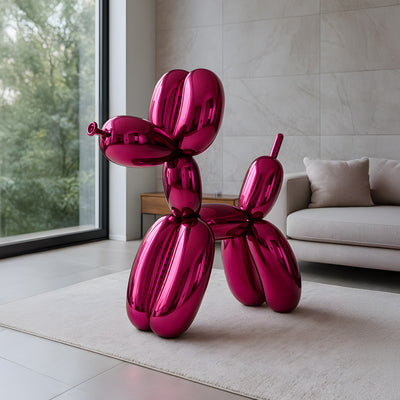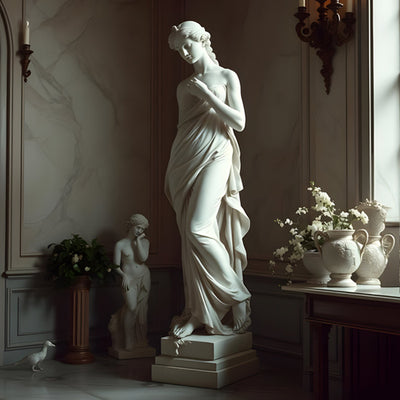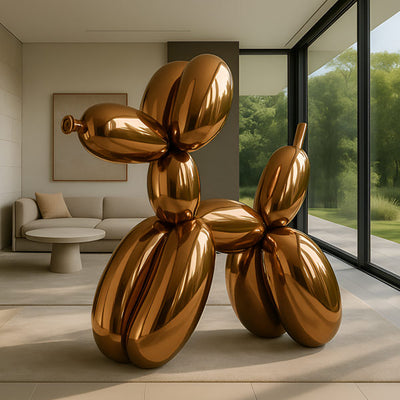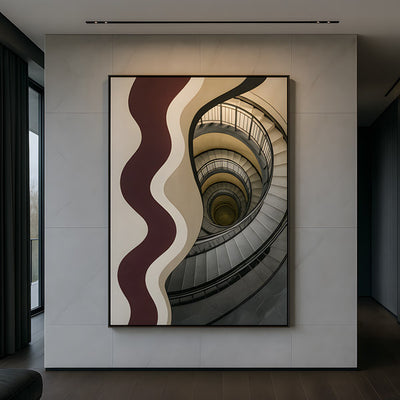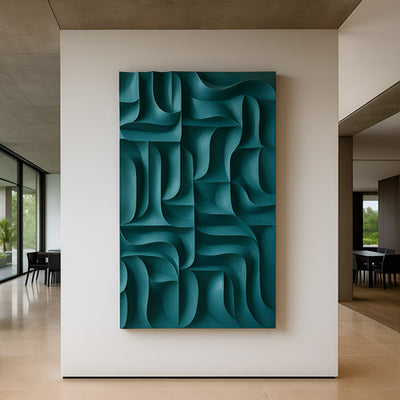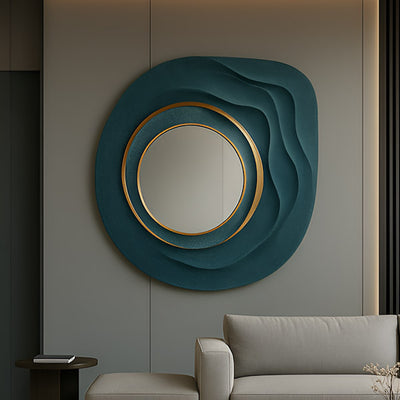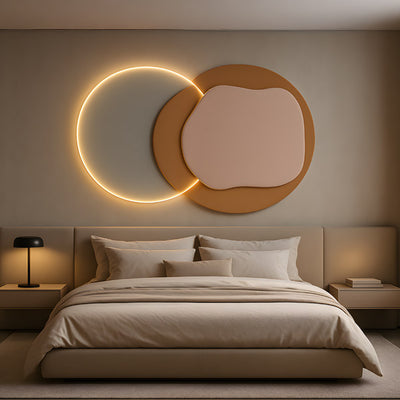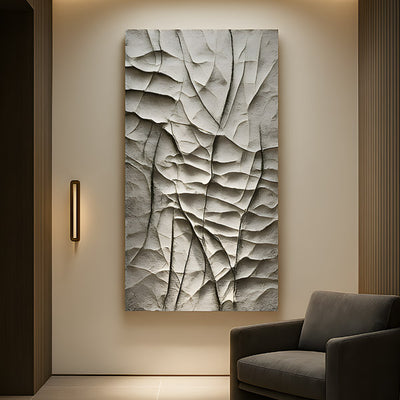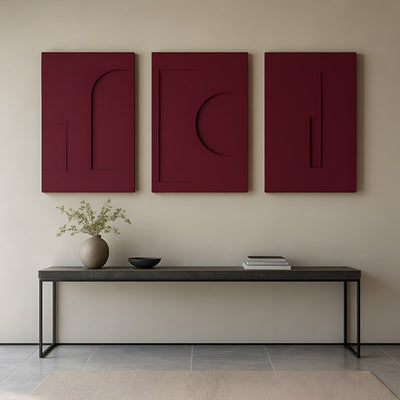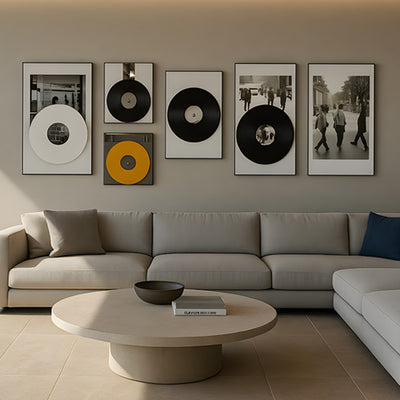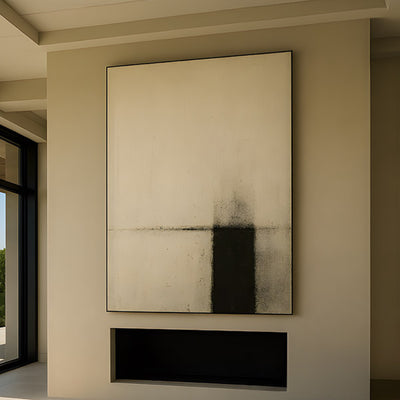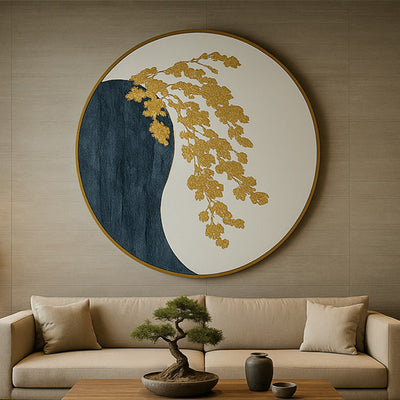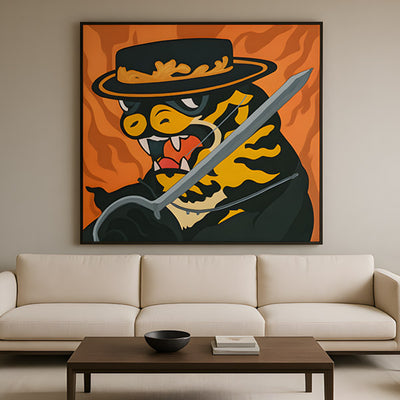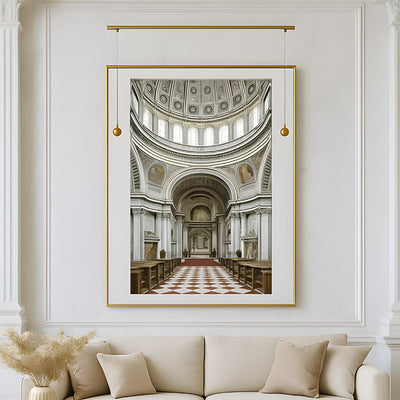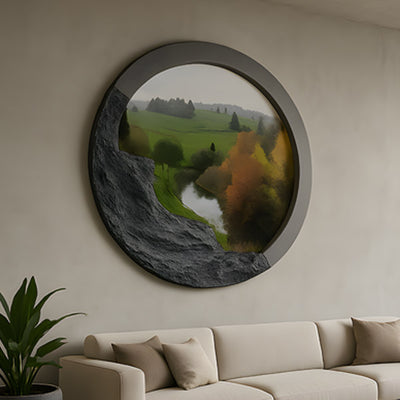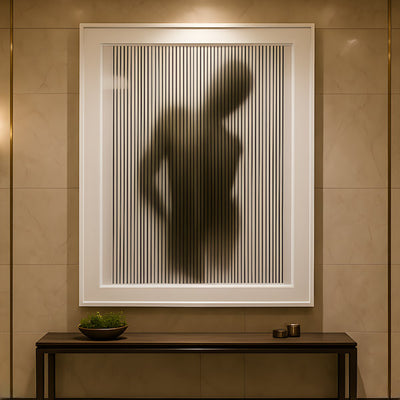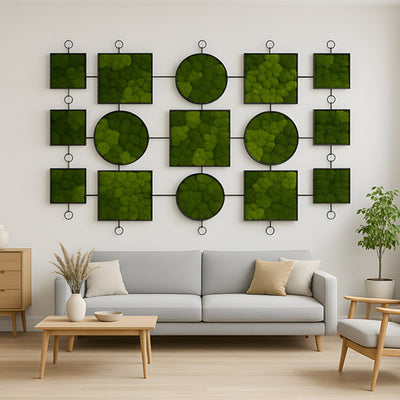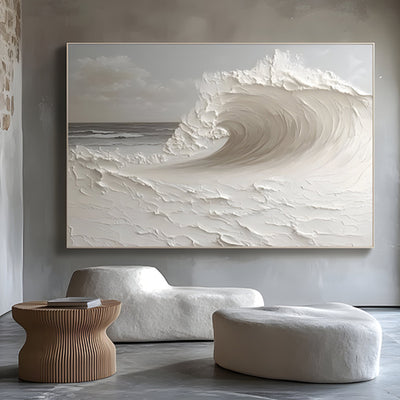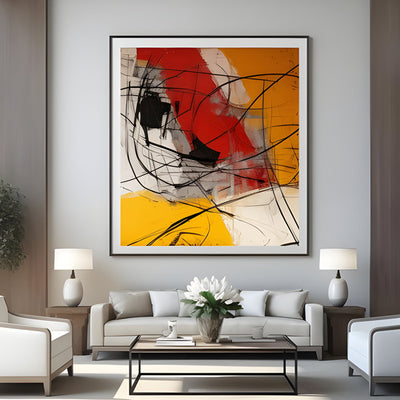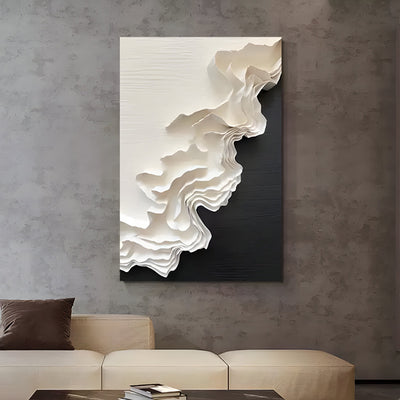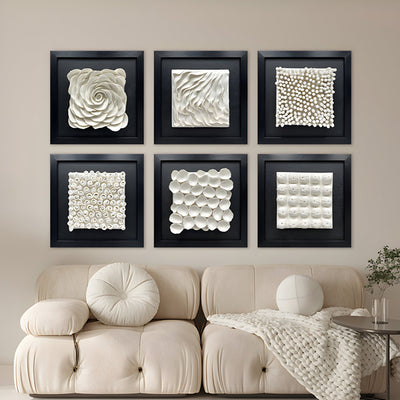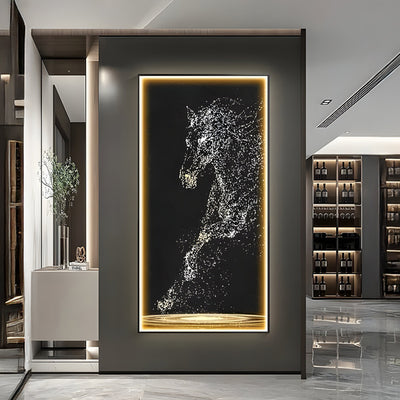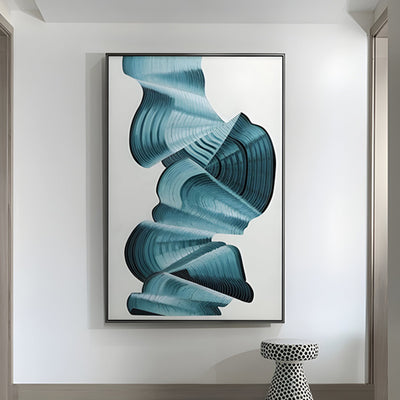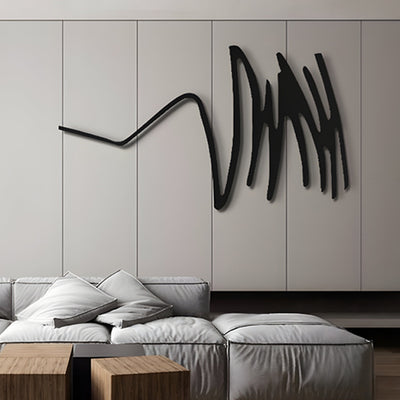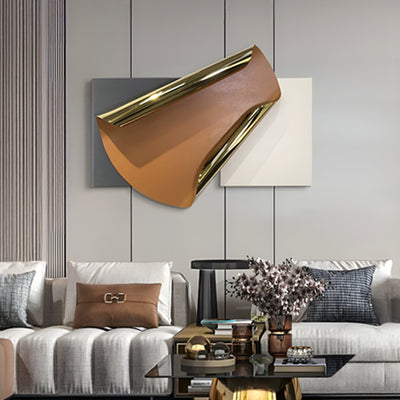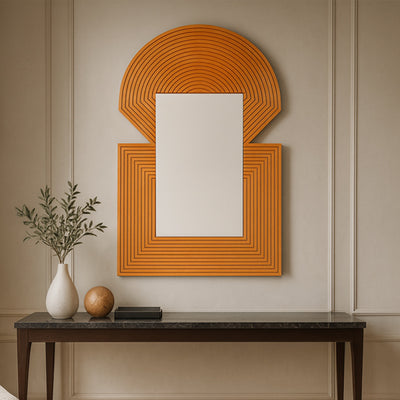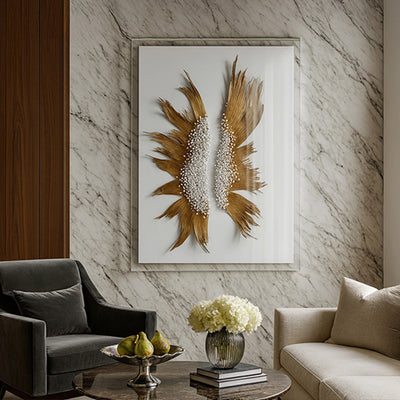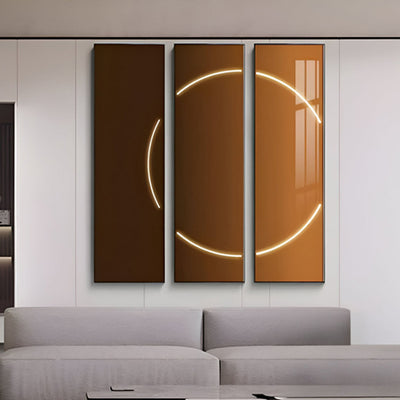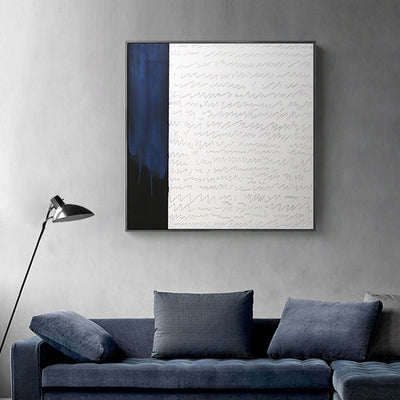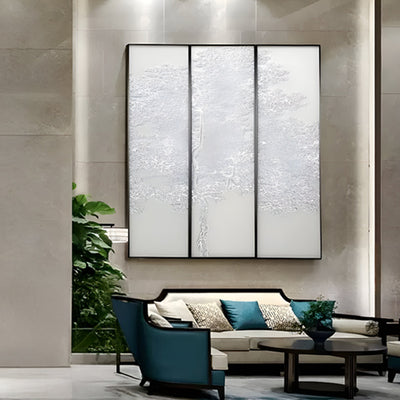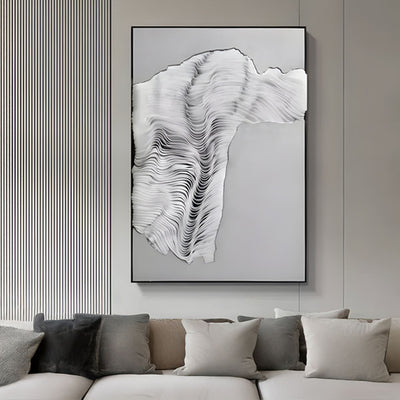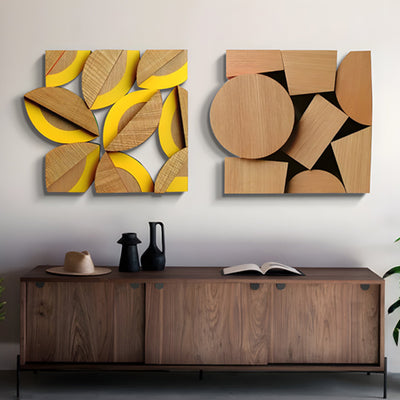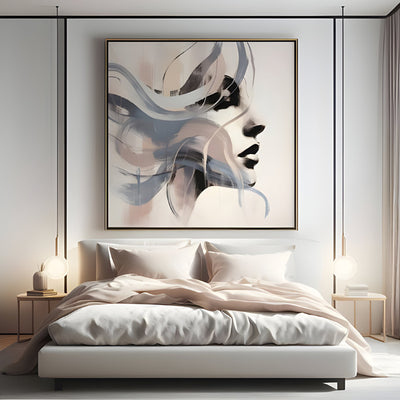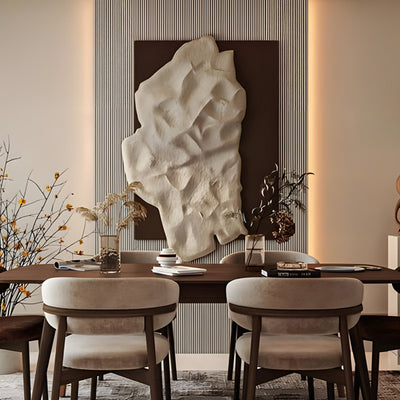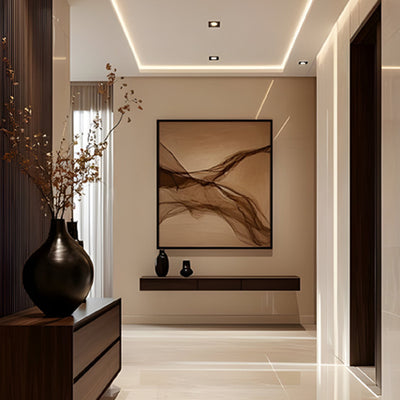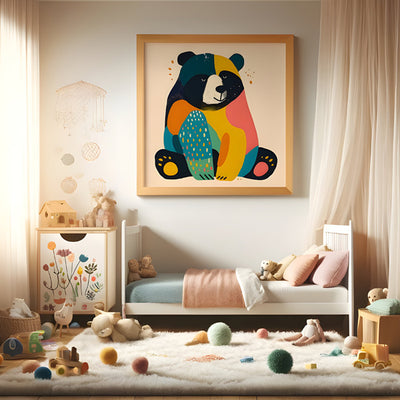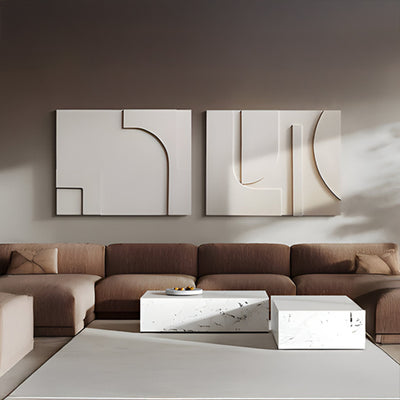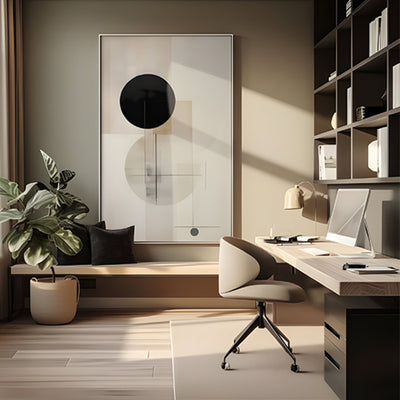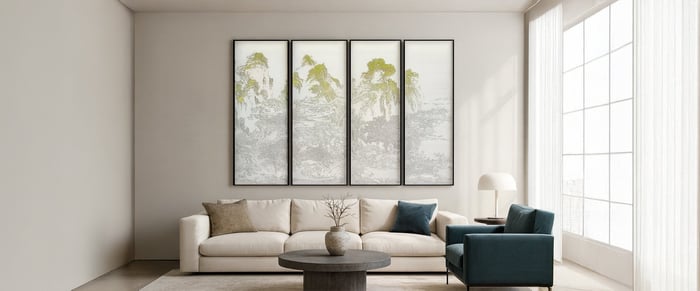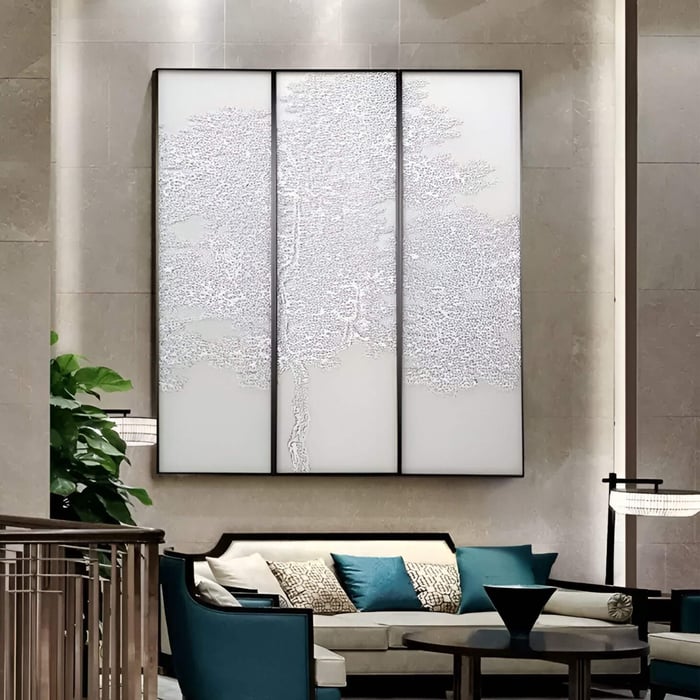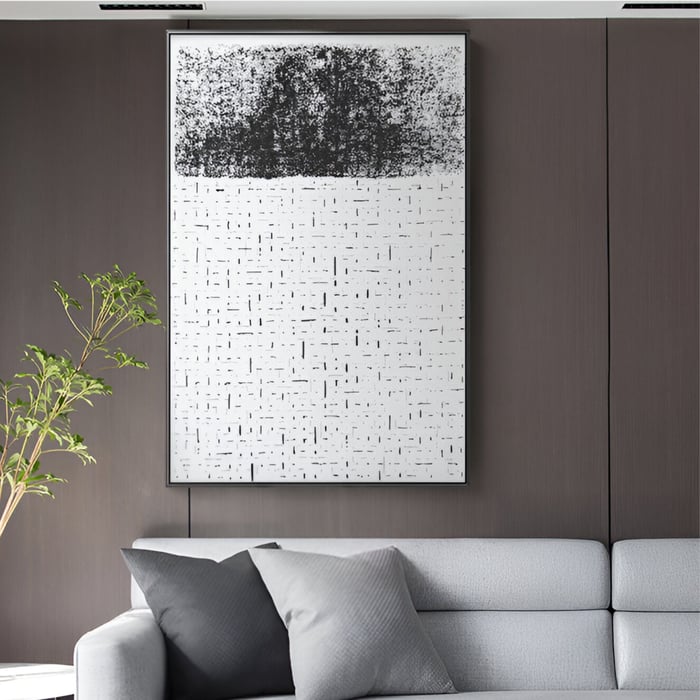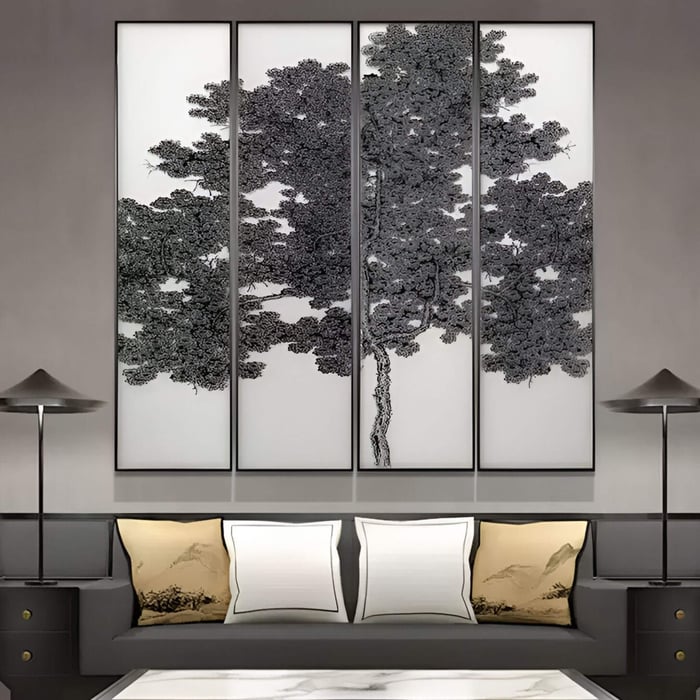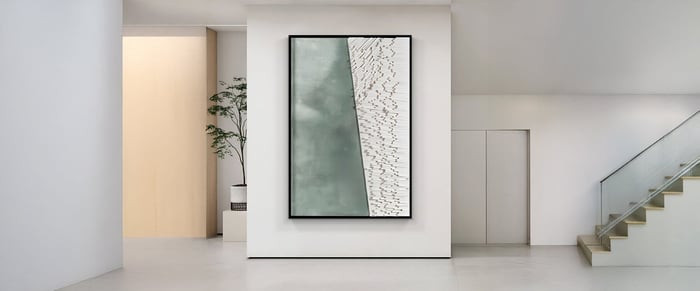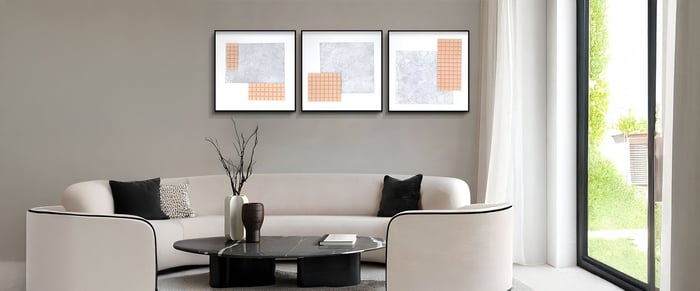Table of Contents
- Why Silk Art Deserves Centre Stage in Your Living Room
- Understanding Size: How Big Should Your Silk Art Be?
- Choosing the Right Style & Material: Silk Canvas, Finish and Visual Impact
- Placement & Composition: Where to Hang Silk Wall Art
- Colour & Décor Harmony: Matching Silk Art to Your Palette
- Practical Tips: Maintenance, Canvas Quality & Longevity
- Checklist: Picking the Perfect Silk Art for Your Living Room
- Conclusion – Let Your Living Room Speak with Silk Wall Art
- FAQs
When you walk into a living room, art often sets the tone long before the furniture does. And few mediums do this as gracefully as silk art. Known for its soft sheen, rich colour absorption and luxurious texture, silk transforms a simple wall into a statement. Whether you’re drawn to hand-painted silk art, large silk wall paintings, or modern textile art, choosing the right piece is about more than looks - it’s about proportion, style and the way it interacts with your space.
In this guide, we’ll break down how to select the ideal silk paintings for your living room, covering everything from sizing and placement to style and canvas considerations. By the end, you’ll know how to choose silk artwork that feels both personal and perfectly balanced within your home.
Why Silk Art Deserves Centre Stage in Your Living Room
Unlike printed canvas art, silk paintings offer a visual depth that comes from light gently playing off the fabric’s weave. The result is a natural radiance, elegant yet understated. The fluid quality of silk also allows artists to create delicate brushwork and colour gradients impossible on heavier materials.
As more homeowners move toward luxury silk wall décor, the material has found its place in both modern and traditional interiors. Silk wall art bridges worlds: its tactile beauty suits minimalist spaces as much as ornate or vintage rooms. Whether your goal is to bring calm through neutral tones or energy through bold abstract forms, silk art can adapt to your décor narrative.
So, how do you decide what fits best? It begins with understanding scale.
Understanding Size: How Big Should Your Silk Art Be?
The biggest mistake people make when selecting silk wall art is underestimating size. A painting too small looks lost on a large wall; too large, and it overwhelms the furniture beneath it. The rule of thumb: art should typically span 60–75% of the width of the furniture it sits above.
For example, if your sofa is two metres wide, a silk painting between 120 cm and 150 cm usually feels balanced. This guideline, common across living room art design, helps maintain harmony.
Consider height and proportion
Hang artwork so that the centre sits roughly at eye level, around 145–155 cm from the floor.
For high ceilings, group several smaller silk pieces in a vertical arrangement.
For low ceilings, horizontal formats stretch the room visually.
Silk-specific sizing tips
Silk fabric can be stretched on wooden frames, mounted behind glass, or hung free-form like a textile scroll. When choosing silk canvas wall paintings, remember that frame depth adds visual weight, a deep wooden frame feels more solid, while a slim floating frame maintains airiness.
If you’re torn between one large piece or a triptych of smaller silk panels, consider your wall’s visual rhythm. Large silk wall paintings act as a single statement; multiple smaller ones introduce movement and variation.
For more help, you can check a trusted wall art size guide which provides simple visual ratios for different wall types.
Choosing the Right Style & Material: Silk Canvas, Finish and Visual Impact
Silk paintings come in endless forms, from minimalist ink designs to abstract art designs and bold bespoke silk paintings. What unites them is their unique interplay of light and texture.
1. Hand-painted vs printed silk
Hand-painted silk pieces, often made with natural dyes, have visible brushstrokes and tonal depth. They’re ideal for collectors or those looking for a one-of-a-kind luxury silk fabric painting. Printed or digitally transferred silk designs, meanwhile, offer consistency and are great for contemporary homes wanting symmetry or repetition.
2. Finish and mood
Silk’s finish can dramatically change a room’s energy.
Matte silk art suits minimalist or Scandinavian spaces where calm and simplicity rule.
Gloss or satin finishes reflect light subtly, perfect for spaces with layered textures or metallic accents.
Textured or embroidered silk paintings double as textile wall art, adding tactile dimension to plain walls.
3. Framing and presentation
Framing also defines tone. A silk fabric wall painting framed in slim black metal feels modern and clean, while a wooden or gilded frame adds warmth or vintage flair.
In short, your silk art’s finish, material, and framing should reflect your room’s personality, whether it’s refined, earthy, or avant-garde.
Placement & Composition: Where to Hang Silk Wall Art
Once you’ve chosen your size and style, placement determines whether the artwork feels intentional or accidental.
For a living room silk painting, start with the wall most visible upon entering the room, typically above the sofa, mantelpiece, or opposite a major seating area. The artwork becomes a visual anchor that ties the room together.
Placement guidelines
Above furniture: Leave 15–20 cm of space between the top of the furniture and the bottom of the artwork.
Grouped art: Use consistent spacing (around 8–10 cm between each piece). Align frames by their centres, not tops or bottoms.
Feature walls: A large silk canvas wall painting or multiple modern art wall paintings can define the entire mood of the room.
Lighting matters just as much. Silk responds beautifully to soft, diffused light - natural or artificial. Avoid harsh overhead lighting that flattens texture. If you have adjustable track lighting, direct it at a 30-degree angle to reduce glare and enhance the artwork’s subtle sheen.
Colour & Décor Harmony: Matching Silk Art to Your Palette
Silk has a rare ability to balance colour intensity with softness. When choosing a piece for your living room, think about how the artwork’s tones interact with existing elements — wall paint, furniture, textiles, and flooring.
Neutral interiors: Opt for warm ivory, champagne, or muted gold tones in your silk wall art to maintain calm continuity.
Bold interiors: Deep indigo, emerald, or crimson silk paintings act as focal points and anchor the palette.
Modern settings: Go for minimalist silk wall paintings or geometric abstract motifs that echo your clean lines and monochrome furniture.
Eclectic spaces: Try vintage silk wall paintings or abstract botanical designs that layer with varied patterns and textures.
The right colour in silk art doesn’t just complement décor, it can also correct balance. A warm-toned silk painting, for instance, can soften a cool grey room, while cooler hues can calm overly warm spaces.
Practical Tips: Maintenance, Canvas Quality & Longevity
Silk is a natural fibre, delicate yet surprisingly durable when cared for properly.
1. Display care
Keep your silk art away from direct sunlight or harsh artificial lighting to prevent fading. Avoid hanging above radiators or fireplaces, as silk fibres can weaken under prolonged heat.
2. Cleaning and preservation
Dust gently using a soft brush or microfibre cloth. Never use water or cleaners directly on the silk surface. For framed silk paintings, lightly wipe the glass instead.
3. Quality indicators
High-quality silk wall paintings should have even tension on the canvas, rich pigmentation without streaking, and colourfast finishes. If possible, ask about dyes and treatment processes, natural pigments tend to age beautifully, developing subtle patina over time.
For custom silk wall art, request UV-protected framing glass and acid-free backing boards to preserve colour vibrancy.
Lastly, if you’re drawn to sustainability, seek out artists working with eco-friendly silk art and low-impact dyes, a growing trend among modern textile artists.
Checklist: Picking the Perfect Silk Art for Your Living Room
Before committing to a purchase, review this short checklist:
Measure your wall and furniture: Ensure proportion and placement suit your layout.
Choose the right orientation: Horizontal for wide walls, vertical for narrow ones.
Match the mood: Reflect your interior’s tone - calm, bold, traditional or modern.
Pick your material: Decide between hand-painted, printed, or mixed-media silk art.
Plan your lighting: Soft directional lighting enhances silk’s depth and shine.
Confirm framing and protection: Check for UV glass, quality mounts, and sturdy backing.
Visualise first: Tape outlines on your wall to test scale before buying.
These simple steps turn what feels like a decorative choice into a well-informed design decision.
Conclusion – Let Your Living Room Speak with Silk Wall Art
A thoughtfully chosen silk wall painting can do more than decorate, it tells a story through light, colour, and texture. Whether it’s a minimalist monochrome silk canvas, an expressive abstract art design, or a bespoke silk painting created just for you, the right piece elevates your living room from functional to memorable.
Silk’s natural lustre adds warmth and movement where flat materials can’t. So, as you explore luxury silk wall décor, from modern geometric panels to vintage floral scrolls, take your time. Consider how size, style, and canvas quality align with your space.
If you’re ready to explore more silk art décor ideas, visit Giant Sculptures to find pieces crafted from premium silk fabric that transform living rooms into gallery-worthy spaces.
Your walls don’t just need colour, they deserve character. Let silk art bring that story to life.
FAQs
What is the ideal width for silk art above a sofa?
Aim for 60-75% of the sofa's width. Example: 200 cm sofa → artwork 120–150 cm wide (including frame).
Should silk paintings be hung at eye level or higher?
Use eye level as a rule: centre of the artwork at 145–155 cm from the floor. If hanging over furniture, keep the bottom edge 15–25 cm above it.
How do I choose silk art for a small living room?
Pick medium or panoramic horizontal pieces that echo furniture lines, keep frames slim, and choose lighter or tonal palettes to avoid visual clutter.
Can grouped smaller silk wall paintings work instead of one large piece?
Yes, treat the set as one visual unit. Keep total width around 60–75% of your wall or furniture, with 5–8 cm spacing between frames.
How do I care for hand-painted silk art wall décor?
Keep away from sunlight and heat, dust gently, and avoid sprays or harsh cleaners. Use UV-protective glass and acid-free mounts if framed.
Are silk wall art panels better than printed silk fabric paintings?
Hand-painted panels offer unique texture and artistry; printed silk gives consistency and easy maintenance. Choose based on style, budget, and visibility in your space.











